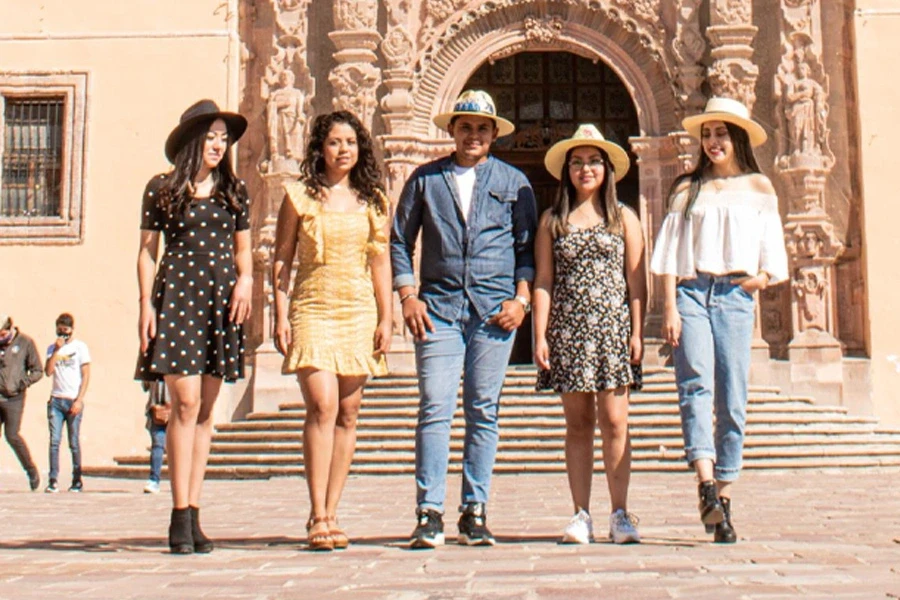Embárcate en un cautivador viaje a través de los "Pueblos Mágicos" de Guanajuato, donde cada rincón susurra historias del pasado y cada pueblo deslumbrante tiene su propio estilo distintivo.

Comonfort
Anteriormente, el lugar era conocido como San Francisco de Chamacuero; actualmente, se le conoce como Comonfort, un Pueblo Mágico de Guanajuato, en honor al general y expresidente Ignacio Comonfort, además, ha formado parte del programa de Pueblos Mágicos desde 2018.
Comonfort se destaca por la preservación de su gastronomía otomí, su artesanía ancestral reflejada en molcajetes, comales de barro, cerámica y piezas de junco, así como por el baile de los Chichimecas Guamares.
Entre la gastronomía local, destaca la tortilla ceremonial, asociada con la gratitud por la cosecha, y utilizada en las festividades del santo patrón para rendir respeto y gratitud. Esta tortilla es estampada con sellos de madera de mezquite y entintada con muicle (una planta de tonos púrpuras que complementa el ritual de la ofrenda ancestral). Además, en su oferta vinícola, destaca el viñedo San Miguel, donde se ofrece una experiencia vinícola inolvidable en la cava más grande del estado.
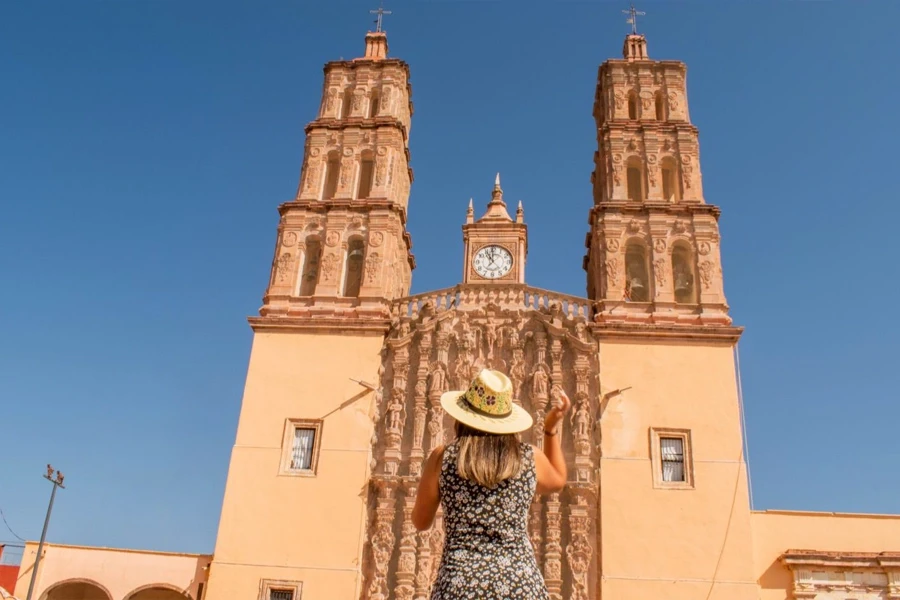
Dolores Hidalgo, Cuna de la Independencia Nacional
Fue el primer destino en el estado en formar parte del programa de Pueblos Mágicos, nombrado en 2002. Además, es conocido por ser la cuna del inicio del movimiento de independencia nacional, razón por la cual las fiestas nacionales se celebran a lo grande; también es el lugar de nacimiento del mayor compositor de música popular en México: José Alfredo Jiménez, para quien se lleva a cabo un Festival anual en homenaje a "El Rey".
Tiene un clima semiárido, por lo que sus tierras son favorecidas para el cultivo de uvas, y permite actividades de enoturismo como recorrer el museo del vino y el circuito vitivinícola a través de tres bodegas que ofrecen recorridos por sus instalaciones, degustaciones y maridajes.
El destino alberga una variedad de museos y monumentos que narran la historia de México, así como puntos emblemáticos como la parroquia de Nuestra Señora de los Dolores, La Casa de Visitas, La Casa de Abasolo, el colorido mausoleo en honor a José Alfredo Jiménez, entre otros.
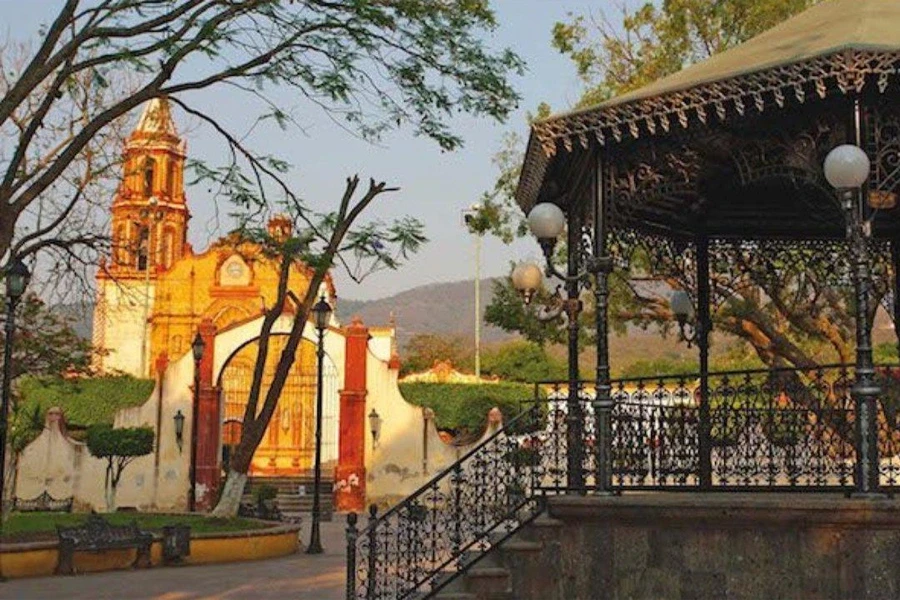
Jalpa de Canóvas
Fue fundada en 1542 por Juan Villaseñor cuando la corona española le otorgó 7,365 hectáreas para ganado y caballos.
Debido a su suelo fértil, se convirtió en uno de los principales productores de alimentos. Por eso también fue conocido como "El Granero de México". Y ha permitido el desarrollo de áreas importantes. Como su famosa Nogalera y varias rancherías agrícolas y ganaderas en la zona.
En el lugar destacan sitios como el Templo del Señor de la Misericordia (por su estilo gótico, sus murales y vitrales), la presa de Santa Efigenia, el Museo Luis Cabrera (donde se pueden ver planos de la antigua hacienda, herramientas, fotografías y arte sacro), entre otros.
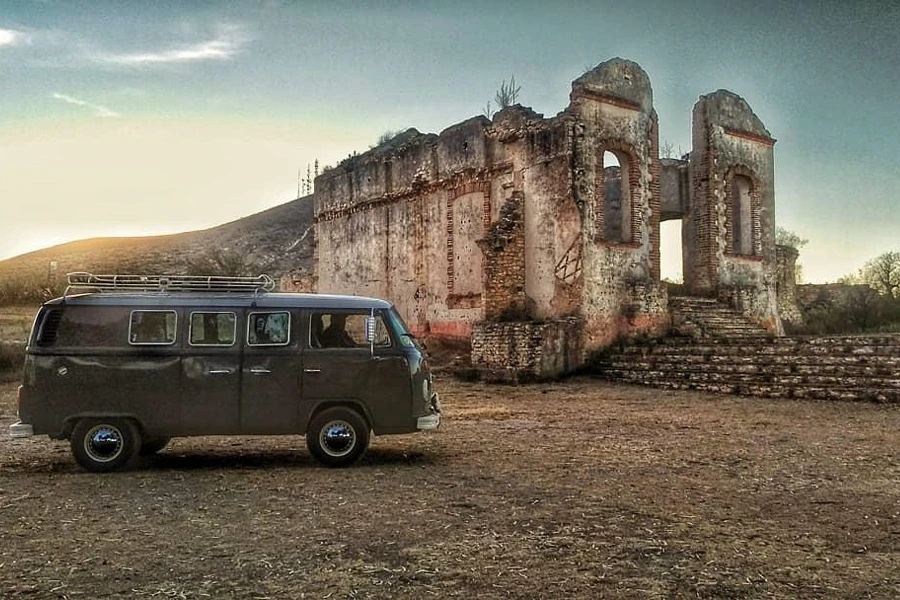
Mineral de Pozos
Originalmente fue un asentamiento de las tribus Chichimeca, Huachichil, Copuces, Guaxabanes y Pames. Hasta que llegó la llegada de los españoles se construyó un fuerte para proteger la plata de Zacatecas. Más tarde se convirtió en parte de la abundancia minera del Virreinato y del Porfiriato.
En este destino de tierras semiáridas, se puede encontrar patrimonio arquitectónico religioso y civil. Como el primer colegio religioso, la Parroquia de San Pedro Apóstol del siglo XVII. También, la Plaza Zaragoza y la antigua Escuela Modelo.
Además, puedes visitar los campos de lavanda para conocer todos los productos que se hacen con esta planta. También puedes realizar otras actividades como montar a caballo, andar en bicicleta, hacer senderismo, visitar las minas y sumergirte en uno de los spas de cerveza.
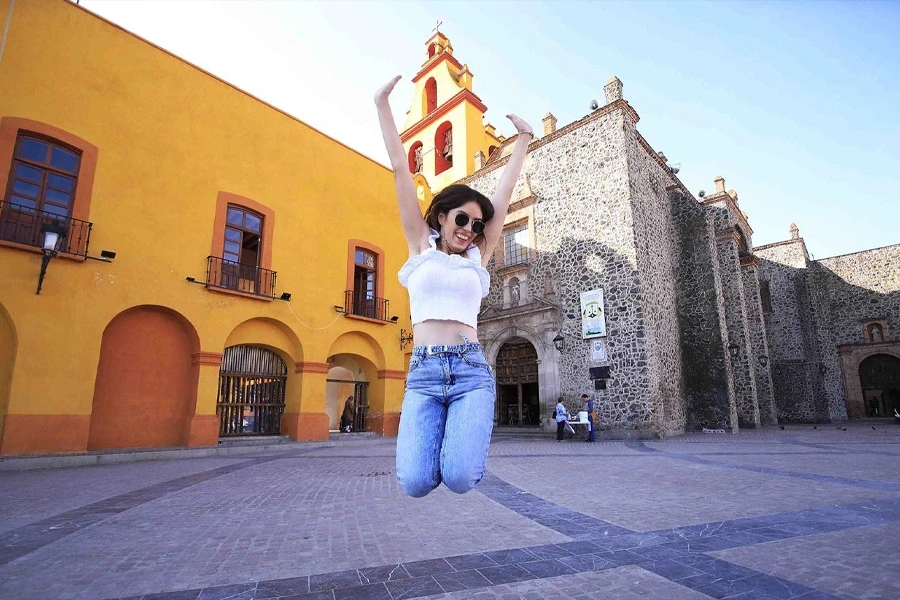
Salvatierra
Su nombre proviene de una etimología indígena que significa "lugar de hermosa vegetación". Es un destino que atesora muestras de arquitectura religiosa y civil. Además de 300 monumentos históricos catalogados por el INAH. Entre puentes, haciendas, conventos y antiguas mansiones que le dan una gran distinción y un ambiente tradicional.
También ofrece experiencias vinícolas excepcionales, donde los turistas pueden visitar, aprender y degustar los alrededores. También, cosechas de tres de los viñedos locales: Dos Jacales, Las Maravillas y Finca Rosas. Además, puedes tener una visita en contacto con la naturaleza visitando el Ecoparque El Sabinal. Donde los turistas pueden pasar un agradable día en el campo a lo largo del río Lerma.
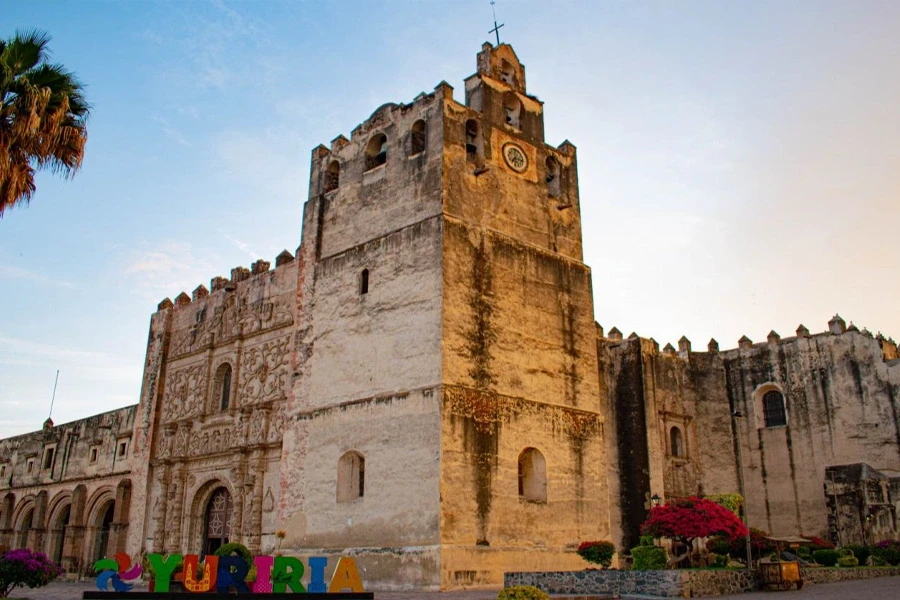
Yuriria
Su nombre es de origen purépecha, derivado de "Yuririapúndaro", una palabra que significa "Lago de sangre". Ha sido parte del programa de Pueblos Mágicos desde 2012.
Es un destino ideal para los amantes de la naturaleza y los deportes, así como para aquellos que disfrutan de la cultura. El sitio se destaca por tener 2 Áreas Naturales Protegidas: la Laguna de Yuriria, la primera obra hidráulica en América Latina. Donde se puede pescar y pasear en bote; y el Lago Cráter donde se puede practicar kayak y ciclismo de montaña.
Además, puedes encontrar el Ex-Convento Agustiniano que data de 1550. El Templo del Señor de la Preciosa Sangre de Cristo. También, otros templos religiosos donde los turistas pueden admirar y disfrutar de la arquitectura religiosa local.

